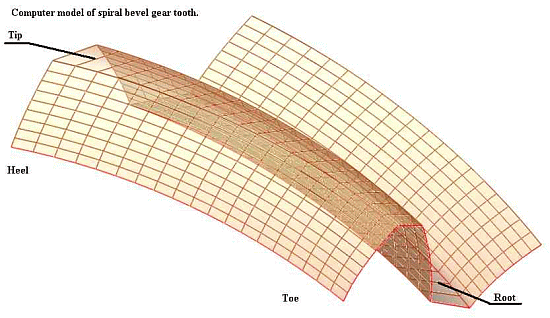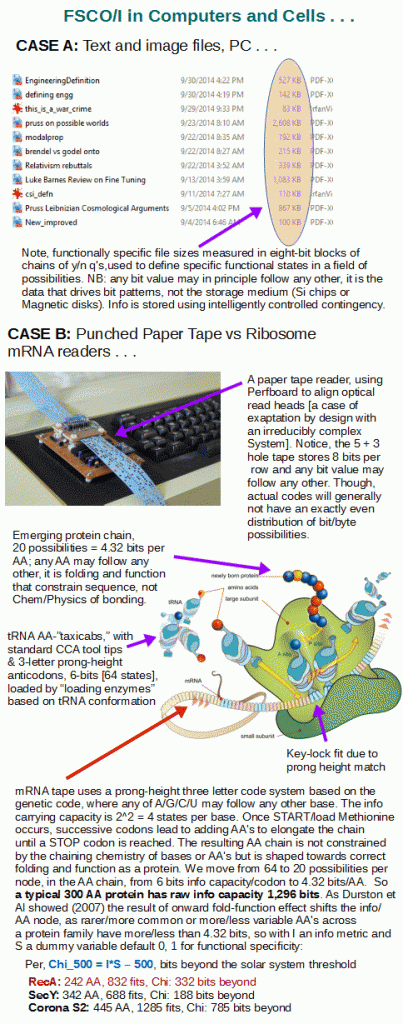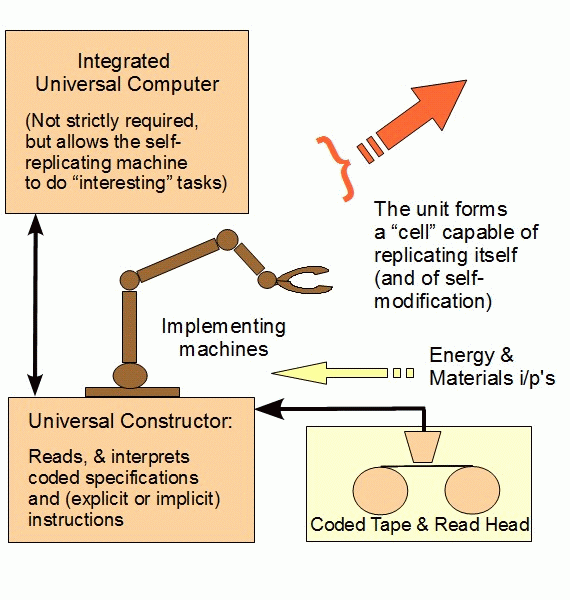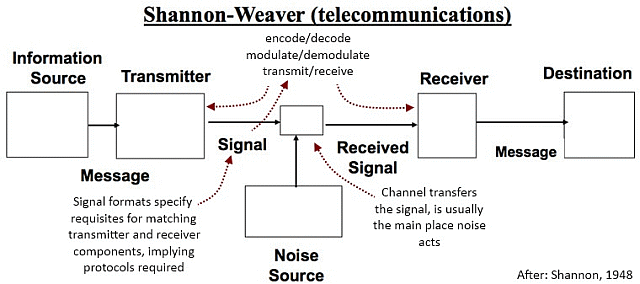A: Of course, this was long since answered in Dembski’s No Free Lunch, but many (especially those who draw their understanding of ID from what ruthlessly manipulative objectors have to say) will not be familiar with what he has long since said on record.
So, let’s clip and highlight, as foundational:
>>p. 148:“The great myth of contemporary evolutionary biology is that the information needed to explain complex biological structures can be purchased without intelligence. My aim throughout this book is to dispel that myth . . . . Eigen and his colleagues must have something else in mind besides information simpliciter when they describe the origin of information as the central problem of biology.
I submit that what they have in mind is specified complexity [cf. here ], or what equivalently we have been calling in this Chapter Complex Specified information or CSI . . . .
Biological specification always refers to function. An organism is a functional system comprising many functional subsystems. . . . In virtue of their function [a living organism’s subsystems] embody patterns that are objectively given and can be identified independently of the systems that embody them. Hence these systems are specified in the sense required by the complexity-specificity criterion . . . the specification can be cashed out in any number of ways [through observing the requisites of functional organisation within the cell, or in organs and tissues or at the level of the organism as a whole.
{Dembski cites:
Wouters, p. 148: “globally in terms of the viability of whole organisms,”
Behe, p. 148: “minimal function of biochemical systems,”
Dawkins, pp. 148 – 9: “Complicated things have some quality, specifiable in advance, that is highly unlikely to have been acquired by ran-| dom chance alone. In the case of living things, the quality that is specified in advance is . . . the ability to propagate genes in reproduction.”
On p. 149, he roughly cites Orgel’s famous remark from 1973, which — exactly cited — reads:
In brief, living organisms are distinguished by their specified complexity. Crystals are usually taken as the prototypes of simple well-specified structures, because they consist of a very large number of identical molecules packed together in a uniform way. Lumps of granite or random mixtures of polymers are examples of structures that are complex but not specified. The crystals fail to qualify as living because they lack complexity; the mixtures of polymers fail to qualify because they lack specificity . . .
And, p. 149, he highlights Paul Davis in The Fifth Miracle:
“Living organisms are mysterious not for their complexity per se, but for their tightly specified complexity.”}
p. 144: [Specified complexity can be more formally defined:] “. . . since a universal probability bound of 1 [chance] in 10^150 corresponds to a universal complexity bound of 500 bits of information, [the cluster] (T, E) constitutes CSI because T [ effectively the target hot zone in the field of possibilities] subsumes E [effectively the observed event from that field], T is detachable from E, and and T measures at least 500 bits of information . . . ”>>
That is, complex, information-rich functional organisation in biological entities from the cell to the organism as a whole is recognised as an important context for CSI.
This is actually obvious, but the obvious sometimes needs to be hammered home hard to break through the effect of Plato’s cave shadow shows that have indoctrinated too many people in “[t]he great myth of contemporary evolutionary biology . . . that the information needed to explain complex biological structures can be purchased without intelligence.”
And obviously, much the same phenomenon of functionally specific, complex organisation and/or associated information (FSCO/I) is actually a commonplace in our world, from:
c-o-d-e-d-_-t-e-x-t-_- s-t-r-i-n-g-s of significant length (500 – 1,000 or more bits’ worth)
— which requires a communication framework of mutually adapted elements, with codes, protocols etc, here at first level:

— going full layercake:
 — and, as Yockey exemplifies from the living cell (with my annotations):
— and, as Yockey exemplifies from the living cell (with my annotations):
— with, a Java Hello World dissected to illustrate how such a context affects what is going on:
— to gear trains in a fishing reel:
— to the mesh of nodes and arcs in the gears specified precisely to make them work:
 — to the ABU 6500 C3 fishing reel as a nodes-arcs mesh:
— to the ABU 6500 C3 fishing reel as a nodes-arcs mesh:
 — to computers and living cells:
— to computers and living cells:
 — to the von Neumann Kinematic Self Replicator System Architecture implemented in the living cell (and which we hope to implement technologically):
— to the von Neumann Kinematic Self Replicator System Architecture implemented in the living cell (and which we hope to implement technologically):
 . . . and many, many more cases in point, “too numerous to mention.” (Those who know radio obits in the Caribbean will get the joke. Oddly, one is going on as I type . . . is still going on as I finish.)
. . . and many, many more cases in point, “too numerous to mention.” (Those who know radio obits in the Caribbean will get the joke. Oddly, one is going on as I type . . . is still going on as I finish.)
In short, FSCO/I is a commonplace phenomenon, literally seen by the trillion.
Its significance, of course, is that it is reliably, uniformly observed to come about by intelligently directed configuration. That is, it is a reliable sign of design as credible cause.
Which is the pivotal “basics” point that seems ever so hard for many to accept or just to acknowledge or appreciate as a serious point of view. END


